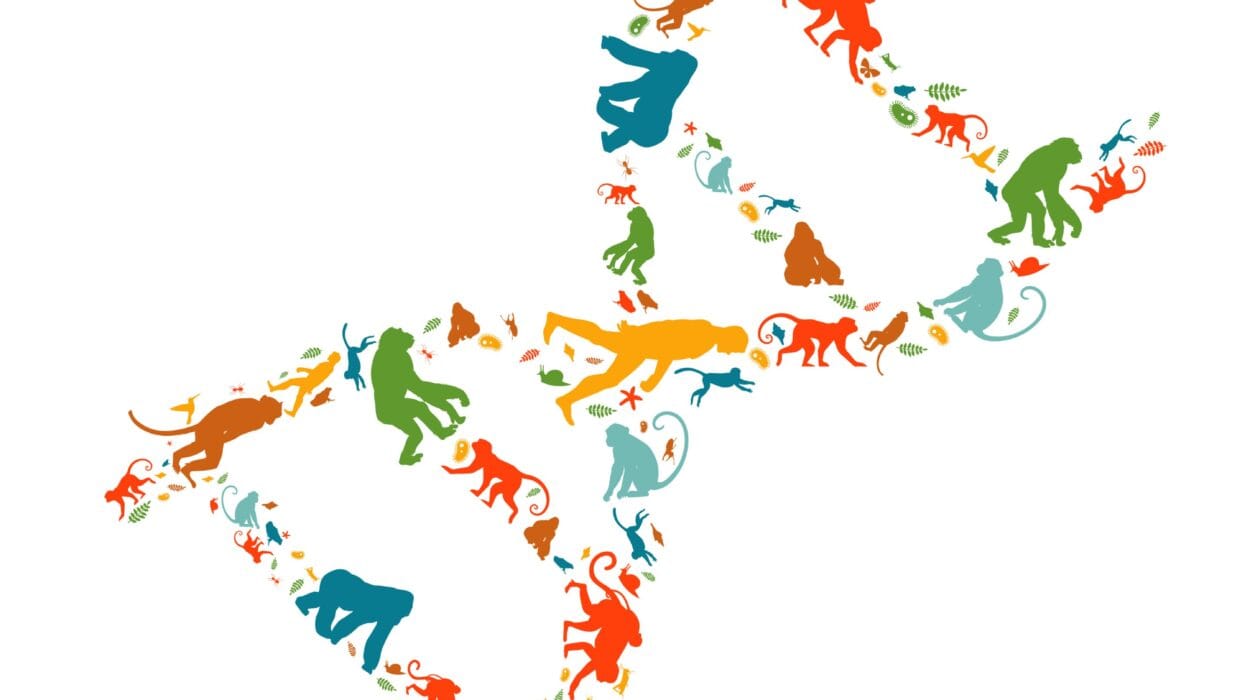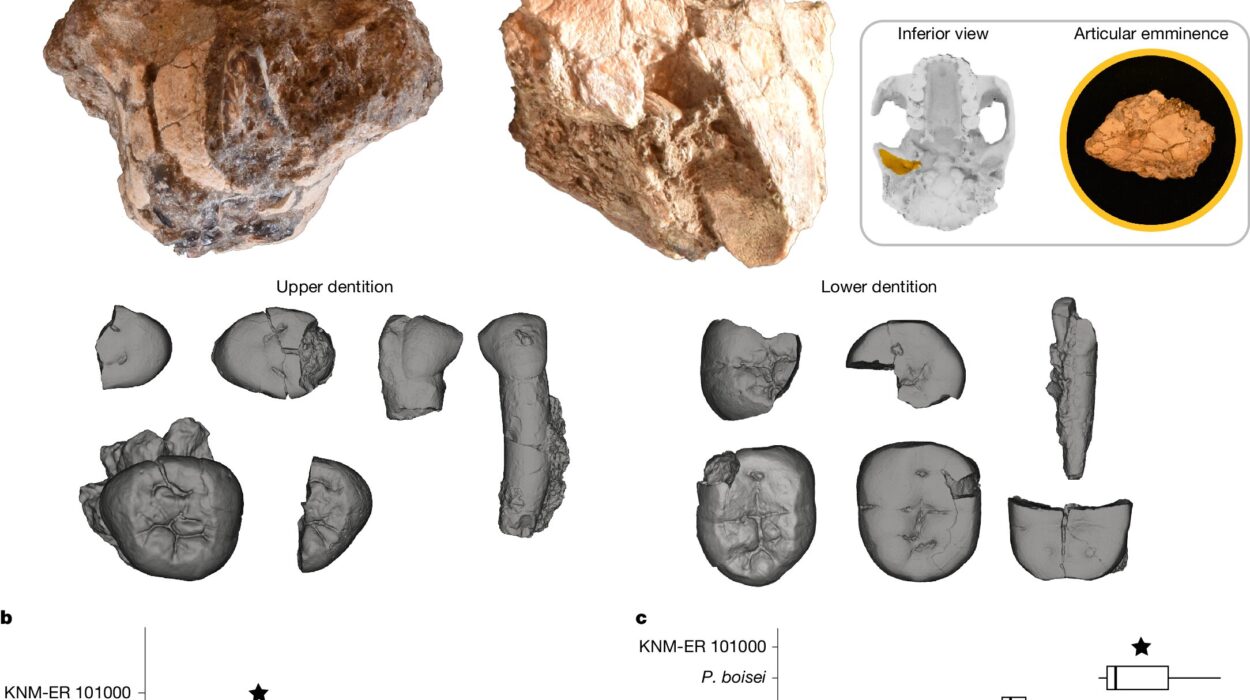Why does life slow down when there’s plenty to eat? It sounds like a paradox. In nature, from bacteria in the soil to towering trees in a rainforest, growth depends on access to nutrients and energy. Yet, no matter how much food or fertilizer is added, organisms always reach a point where growth levels off. Biologists have long recognized this “law of diminishing returns,” but the exact reason behind it has remained elusive.
Now, a groundbreaking study led by researchers from the Earth-Life Science Institute (ELSI) at the Tokyo Institute of Technology and RIKEN in Japan has uncovered a universal principle that explains this mystery. The discovery, published in the Proceedings of the National Academy of Sciences (PNAS), introduces a new way to understand how all living cells balance resources—and why adding more nutrients doesn’t always mean faster growth.
Their finding, called the global constraint principle, could reshape how scientists think about the fundamental rules of life, uniting decades of research into a single, elegant explanation.
The Puzzle of Life’s Slowdown
For nearly 80 years, biology students have learned about microbial growth using the Monod equation, a mathematical formula developed in the 1940s. It predicts that as nutrients increase, growth speeds up until it eventually stabilizes at a maximum rate. This model works reasonably well for bacteria growing in the lab—but it assumes a simple world, where one nutrient alone controls how fast cells grow.
Reality, of course, is far more complicated. Inside every cell, thousands of biochemical reactions compete for limited space, energy, and resources. Enzymes, membranes, and proteins all have to share the same internal machinery. As a result, even when one nutrient becomes abundant, other factors start to hold growth back.
The research team—led by ELSI’s Associate Professor Tetsuhiro S. Hatakeyama and RIKEN’s Postdoctoral Researcher Jumpei F. Yamagishi—set out to find a model that captures this complexity. What they discovered is that the slowdown in growth is not just about running out of food; it’s about running out of capacity.
The Global Constraint Principle
The global constraint principle proposes that all living cells face a universal limit—a kind of “budget” of physical and biochemical resources. Every cell must allocate its limited internal machinery to perform essential functions such as energy generation, protein production, and division. When one process accelerates, it inevitably competes with others.
“Adding more nutrients always helps microbes grow,” explains Hatakeyama, “but each additional nutrient contributes less than the previous one. The shape of growth curves emerges directly from the physics of resource allocation inside cells, rather than depending on any particular biochemical reaction.”
In other words, even if a microbe lives in a nutrient-rich environment, its internal systems—such as available enzymes, cell volume, or membrane surface—will eventually become the new bottleneck. This self-regulating behavior, written into the fabric of life, explains why growth curves always flatten out instead of rising indefinitely.
A Bridge Between Classic Biological Laws
This new principle elegantly unites two long-standing ideas in biology: Monod’s equation and Liebig’s law of the minimum.
Liebig’s law, proposed in the 19th century, says that an organism’s growth is limited by the scarcest nutrient—just as a barrel can only hold as much water as its shortest stave allows. For example, a plant with plenty of sunlight and water but little nitrogen will only grow as much as that nitrogen allows.
Hatakeyama and Yamagishi took this idea a step further by creating what they call a “terraced barrel” model. In their version, the staves of the barrel rise in steps rather than all at once. As nutrients increase, new limitations appear sequentially—first one, then another, and then another. Each step on the “terrace” represents a new constraint that takes over as the dominant growth-limiting factor.
“In our model,” says Hatakeyama, “the barrel staves spread out in steps—each step representing a new limiting factor that becomes active as the cell grows faster.”
This beautifully explains why organisms don’t grow endlessly when more nutrients are available. Life is always balancing on a complex web of constraints.
Testing the Model With E. coli
To test their idea, the team used large-scale computer models of Escherichia coli, a bacterium that serves as a workhorse of biology. These models incorporated detailed information about how E. coli cells produce proteins, how tightly packed they are inside the cell, and how their membranes regulate the flow of nutrients and gases.
Through simulations, the researchers observed exactly what their theory predicted: as more nutrients were added, growth initially accelerated but soon slowed down. The slowdown wasn’t caused by running out of any single nutrient—it arose naturally from the physical limits of the cell itself.
When they compared their simulation results with real laboratory experiments, the patterns matched almost perfectly. The model even captured how growth changes depending on oxygen or nitrogen levels, providing strong evidence that the principle holds true in real biological systems.
A New Lens for Understanding Life
What makes the global constraint principle so powerful is its universality. It doesn’t depend on the specifics of any single organism or biochemical pathway. Instead, it stems from the shared physics of all living systems—the need to divide limited internal resources among countless competing processes.
This insight allows scientists to make predictions about growth across vastly different forms of life, from microbes to plants to animals, without having to model every molecular detail. “Our work lays the groundwork for universal laws of growth,” says Yamagishi. “By understanding the limits that apply to all living systems, we can better predict how cells, ecosystems, and even entire biospheres respond to changing environments.”
Implications for Agriculture, Medicine, and Ecology
Beyond its scientific elegance, the global constraint principle has far-reaching practical applications. In agriculture, it could help identify which nutrients truly limit plant growth, allowing for more efficient fertilizer use and higher crop yields.
In biotechnology and medicine, understanding how microbes allocate resources can improve the design of industrial fermentation processes, antibiotic strategies, and biofuel production. By predicting how cells respond when one nutrient becomes abundant and another scarce, researchers can fine-tune microbial growth for specific purposes.
The principle could also help ecologists model how ecosystems respond to nutrient shifts caused by pollution, climate change, or deforestation. If life on Earth follows the same mathematical logic of constraint, then predicting global biological responses may one day be as precise as forecasting the weather.
The Mathematics of Life’s Limits
At its core, this discovery reveals something profound: life’s complexity emerges not just from chemistry, but from mathematical necessity. The same physics that governs how energy and space are distributed in a cell shapes how living organisms grow, adapt, and survive.
For centuries, biology and physics have often been seen as separate realms—one concerned with the messy diversity of life, the other with clean, universal laws. The global constraint principle bridges that gap. It suggests that the fundamental logic of life may be as elegant and predictable as the laws of motion or thermodynamics.
The Endless Balance
Every organism, from the smallest bacterium to the largest tree, faces the same dilemma: how to grow without exhausting itself. Growth is a negotiation between abundance and limitation, a balancing act orchestrated by nature’s unseen mathematics.
The work of Hatakeyama, Yamagishi, and their collaborators shows that this balance is not random—it follows a universal principle. Life’s slowing growth is not a failure, but a reflection of its harmony. When one door opens, another narrows; when one resource flows freely, another becomes scarce.
In this elegant interplay of constraints, we glimpse something timeless: the wisdom of life itself. Growth, after all, is not about endless expansion—it is about knowing where the limits lie, and thriving within them.
More information: Jumpei F. Yamagishi et al, Global constraint principle for microbial growth laws, Proceedings of the National Academy of Sciences (2025). DOI: 10.1073/pnas.2515031122






